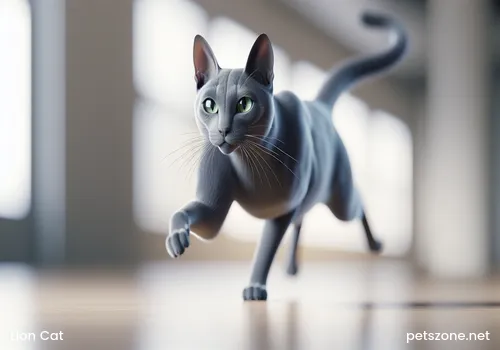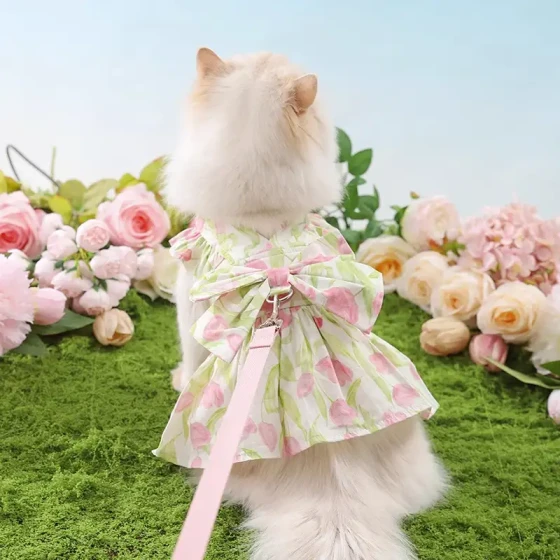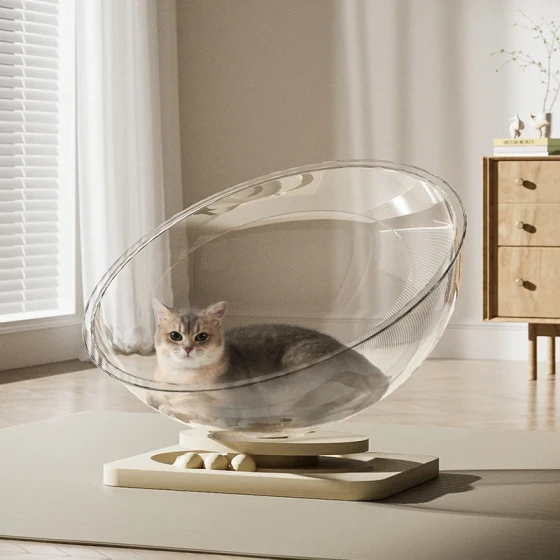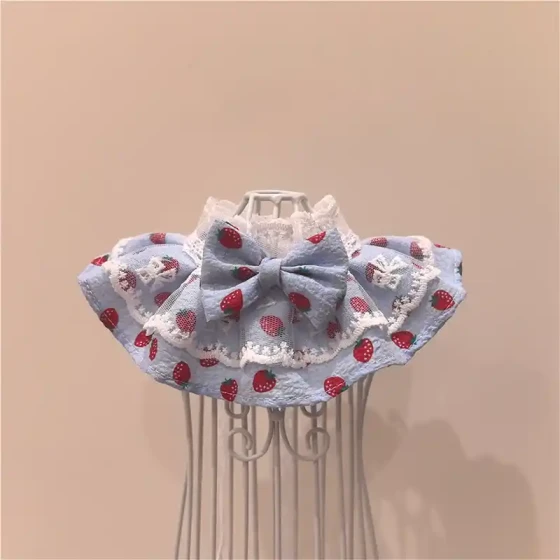Lion Cat: A Unique Feline_Spotlight on the Charming Traits of This Mysterious Cat
The Lion Cat, also known as the Shandong Lion Cat or Linqing Lion Cat, is a unique native cat breed from China. They are named for their distinctive long fur, especially the fluffy mane around their neck resembling a lion. This cat not only boasts outstanding looks but also carries deep historical and cultural significance, once being a pet of the imperial court.

The Shandong Lion Cat is primarily produced in Linqing City, Shandong Province. There are two main theories about its origin: one suggests it descends from Turkish Angora cats native to China’s Xinjiang region; another claims it was bred from crossbreeding Persian cats with local Lu Xi domestic cats. According to the "Linqing County Gazetteer," during the Ming Dynasty's Jiajing to Wanli era, Linqing was an important commercial city that attracted many European merchants. The Persian cats they brought interbred with local cats, resulting in cats with lion-like features. In the Ming Dynasty, Lion Cats were valued as precious tributes sent to the palace and deeply favored by the emperor.
Appearance Characteristics of the Lion Cat: Recognizable “Oriental Charm” at First Sight
The most striking feature of the Lion Cat is its unique appearance, especially its flowing long fur.
- “Lion” shaped appearance: Purebred Shandong Lion Cats have dense fur on their neck and back, with lengths reaching 4-5 cm, giving an aura of a majestic lion when standing. This feature is the primary reason for their name "Lion Cat."
- Diverse coat colors: Although pure white is the most common and precious color among Lion Cats, they also come in other colors such as black, black-and-white, tortoiseshell, and yellow. The black-and-white patterns are especially varied, such as "Whipping a Pom-pom" (whole body white, black spot on the head, black tip on tail) and "Coal in Snow" (whole body white with a black spot on the neck).
- “Mandarin Duck Eyes” (heterochromia): The eye color of Lion Cats is very special—they may have both eyes blue, both yellow, or one blue and one yellow eye, known as "Mandarin Duck Eyes." This trait is considered the most precious among Lion Cats; the blue eye resembles a gem, and the yellow eye like a setting sun. The famous painter Cao Kejia once praised the heterochromia of Linqing Lion Cats as rare in the world of animals.
- Body size: The Lion Cat is a medium to large sized cat, bigger than typical pet cats. Adult females weigh about 2.59 kg on average and measure about 42.58 cm in body length; adult males weigh about 2.65 kg and measure about 42.82 cm. They have sturdy bodies and excellent bone structure.
- Other features: Lion Cats have broad and round faces, a long nose rather than a flat one, and relatively small ears. Their tails are thick and covered with abundant long fur, with tail hair lengths reaching about 15 cm.
Personality Traits of the Lion Cat: Gentle, Affectionate yet Independent
The Lion Cat is usually described as gentle and cute, honest and friendly toward people. They build good relationships easily and enjoy close contact with their owners to receive affection. Nevertheless, they retain some independence typical of native cats. They are intelligent and communicative, and also excellent mousers.
Care and Maintenance of the Lion Cat: The Sweet Burden of Long Fur
Raising a Lion Cat requires attention to some special considerations, especially their beautiful “coat.”
- Fur grooming: The Lion Cat’s long fur is easily dirty and requires frequent brushing to keep it clean and healthy. Especially during shedding seasons, they lose a lot of fur; regular grooming helps reduce fur flying around the house, like targeted removal of "dandelions" at home. Choosing cat food with beneficial ingredients such as fish oil also supports fur health.
- Health aspects: The Lion Cat inherits the robust constitution of the Chinese rural cat, with strong bodies and good disease resistance, and is not sensitive to cold. However, due to their long fur, they are more prone to hairball problems which can cause digestive discomfort; regular feeding of hairball remedies or cat grass is needed.
- Psychological needs: Although affectionate, Lion Cats need some space and activity. They are skilled jumpers and highly agile. Providing cat trees and similar facilities meets their activity needs. It should be noted that Lion Cats can be somewhat timid and sensitive to strong light and irritating environments. Avoid cage confinement or prolonged restraint to prevent increasing their distrust and fear.
Current Status and Protection of the Lion Cat
Although the Lion Cat has a long history and unique charm, their reproductive capacity is relatively low, producing few kittens per litter and having a short breeding season. Combined with genetic instability and other factors, purebred Lion Cats, especially high-quality “Mandarin Duck Eye” white Lion Cats, are scarce. This rarity makes some people regard Lion Cats as treasures, driving prices upward.
Fortunately, some places have begun to focus on the protection and breeding of Lion Cats. For example, in their main place of origin, Linqing, breed preservation and breeding bases have been established, dedicated to expanding the Lion Cat population and selecting superior breeds. In 2009, the Linqing Lion Cat was listed in the "Shandong Province Livestock and Poultry Breed Resource Catalog" as the only cat breed. Some organizations have also started breed certification efforts for the Linqing Lion Cat, hoping to raise awareness and protect this excellent indigenous Chinese cat breed.
Frequently Asked Questions
- Which country is the Lion Cat breed from? The Lion Cat is a native cat breed from China, primarily produced in Linqing, Shandong.
- Why is the Lion Cat called a Lion Cat? Because their neck and back fur is very long, resembling a lion’s mane.
- What is special about heterochromatic Lion Cats? Heterochromia means one eye is blue and the other is yellow; this trait is considered the most precious among Lion Cats.
- What is the Lion Cat’s personality like? Lion Cats are usually gentle, affectionate, friendly to people, but fairly independent and good at catching mice.
- Is the Lion Cat easy to care for? Lion Cats have strong bodies and are not prone to illness, but their long hair requires regular grooming to avoid hairball issues.
Overall, as a Chinese native cat breed with a long history and unique charm, the Lion Cat’s long fur, diverse coat colors, and especially enchanting “Mandarin Duck Eyes” make it a unique existence. Though facing some breeding and protection challenges, with the efforts of dedicated people, this beautiful “Oriental charm” is sure to continue to be inherited.


-560x560.webp)


